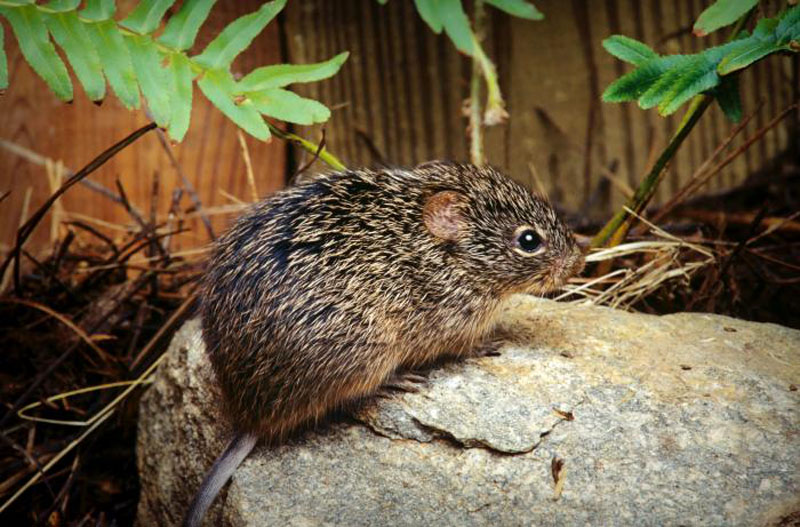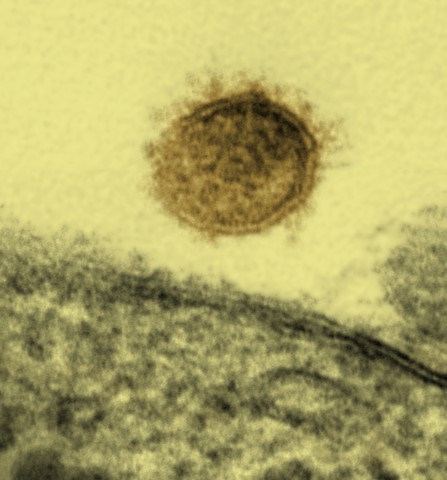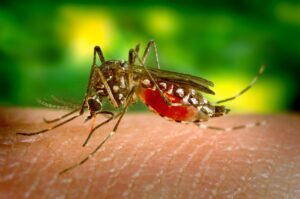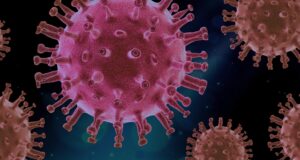Hantavirus Claims a Life in China – Don’t spread Panic

By Subhra Adhikari, Neucrad health India news desk, March 26, 2020
As the world is trying hard to come to terms with the coronavirus pandemic, there is a report of Hantavirus claiming a life in Yunnan province of China. He passed away on a bus while travelling back from work from Shandong Province. Authorities have also asked the 32 other co-travellers on that bus to remain cautious about the pathogen. Now, since every one become apprehensive the moment they hear the name of a virus, let us go on a fact-check regarding the Hantavirus.
What is Hantavirus?

Hantavirus or Orthohantavirus is a single-stranded RNA virus belonging to the order Bunyavirales and family Hantaviridae. Ho-Wang Lee was the first scientist to isolate this pathogen in the year 1976. The virus got its name from the Hantan River in South Korea where there was an initial outbreak. They usually infect rodents, but, do not cause any illness among them. However, if human beings come in contact with infected rodents’ stools, urine, or saliva, then they may develop a disease known as hantavirus pulmonary syndrome (HPS). Some strains of this pathogen also cause haemorrhagic fever with renal syndrome (HFRS). Though infections in human beings mostly remain limited with contact with rodent excrement, in 2005 and 2019 there were some reports of human-to-human transmission in the Andes region of South America.
History of Occurrence
Hantavirus is usually present in rural areas where there is a predominance of forests, farms, and pasture lands. These places serve as ideal habitats for rodents- the host of the virus. In some cases, rodents’ population is also seen near buildings, sheds, and construction sites. Human beings can get exposed to the pathogen if they come in contact with infected rats. The Sin Nombre Hantavirus causes most infections in the United States and Canada, and the host for this pathogen is the deer mouse (Peromyscus maniculatus). Besides, the New York Hantavirus carried by the white-footed mouse (Peromyscus leucopus) has also caused HPS infections in North-eastern America, and the Black Creek Hantavirus borne by the cotton rat (Sigmodon hispidus) caused diseases in South-eastern America. Argentina, Bolivia, Panama, Paraguay, Chile, and Uruguay have also reported cases of HPS from time to time [2].
What are the symptoms of Hantavirus Pulmonary Syndrome?
Signs and symptoms of Hantavirus usually develop among patients after one to eight weeks of exposure to the virus. Initial symptoms include
- fatigue
- body aches especially at thighs, back, shoulder, and hips
- headaches
- fever higher than 101◦F
- chills
- dizziness
- nausea
- vomiting
- diarrhoea
In the advanced stage, patients can experience cough, respiratory distress, and collection of fluids in the lungs. Blood vessels present inside the lungs can get affected and start leaking fluid with the organ. In extreme cases, severe bleeding within the lungs can lead to heart failure. HPS is a fatal disease with a mortality rate of 38 per cent [3].
How is Hantavirus Pulmonary Syndrome diagnosed?
It is challenging to detect Hantavirus Pulmonary Syndrome in patients, as most of the initial symptoms mimic the flu. Moreover, there is no confirmatory test for the diagnosis of HPS. In such a scenario, physicians track the exposure of rodents and the presence of symptoms like high fever with a chill and shortness of breath as an indication of Hantavirus infection [3].
What are the treatments for Hantavirus Pulmonary Syndrome?
There is no specific treatment for HPS, so, doctors manage this condition by controlling the symptoms. In case of severe infections, patients require hospitalisation and even ICU intervention. Physicians advise intubation, oxygen therapy, and fluid replacement for offering comfort to ailing patients [3].
This was a simple narrative about Hantavirus infection. Finally, we would like to say that there is nothing to panic as the virus is not airborne, and the disease can only transmit through direct contact with urine and faeces of rodents.
References:








